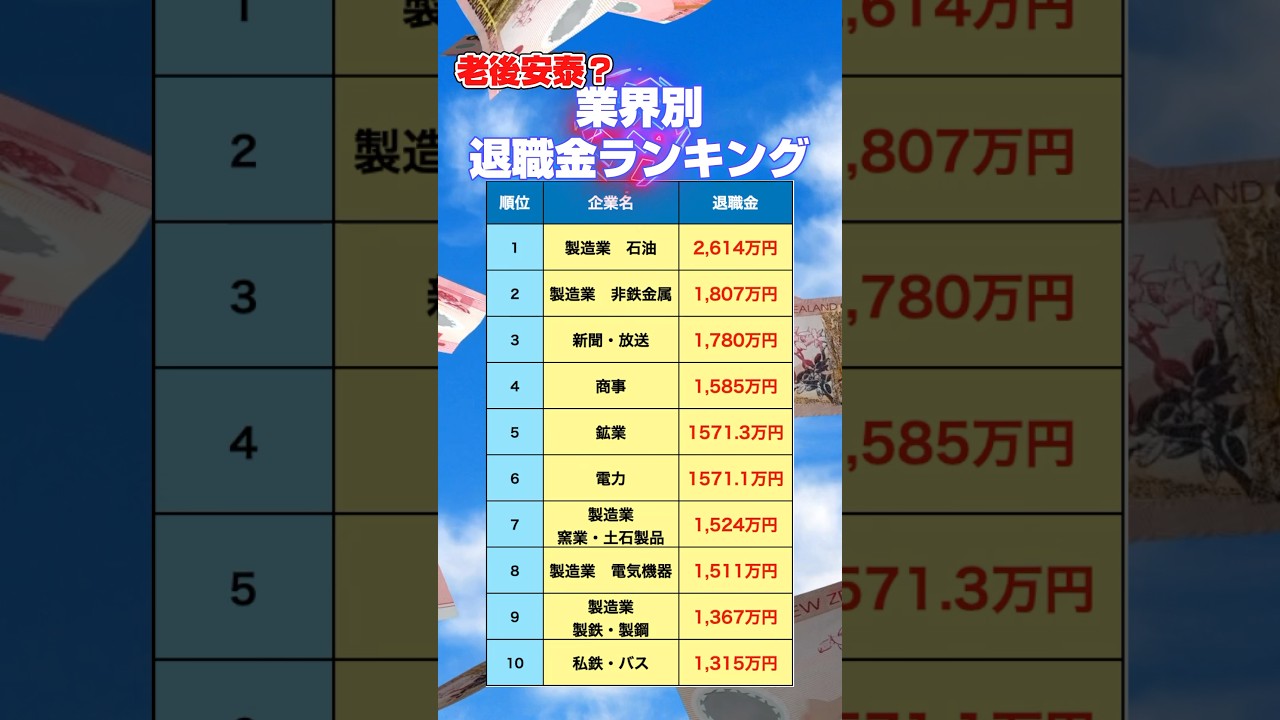Le secret de l’échec de l’automatisation : le style Bigfoot
|
|
|
|
※I have collected information on automation failures from the Internet.
- I simply believe that physical labor is honorable.
- A flow created by someone who tends to do unnecessary work on a daily basis, has a vague understanding of the division of roles in their department or team, and ends up doing other work.
- Collecting unnecessary data
- Meetings and work can be done online without any problems, but higher-ups insist on in-person meetings and in-office attendance
- Even after creating a paperless tool and explaining its contents, at the last minute the top management said, “Of course, we’re going to release it on paper as well."
- When evaluating the development man-hours and difficulty of the automation tool you have adopted, even if it turns out that it is difficult to transfer the skills to your own employees, do not give up. If it is difficult to develop the flow, you may need to decide to outsource the development of the flow while keeping the outline of the flow in your own employees’ hands.
- Being too particular, or being the person in charge of creating the flow who tends to be personalized in the first place, means that the specifications are not shared and the automation flow itself becomes personalized.
- Because flows are created with the sole purpose of creating something that works without calculating in advance the cost savings that can be achieved through automation based on the frequency of the tasks to be automated, the labor required to create and maintain the flow never pays off.
- Because the company and management do not see long working hours as a problem, it does not matter how long a task takes, and there is no strong demand for automation and efficiency. Because the evaluation criteria for efficiency are not clear, it is not reflected in the evaluation, and the person in charge has no motivation to work on it.
- Without reviewing the work that involves waste, they simply automate the waste. Even if they try to replace it with new automation, the wasteful work that was already automated continues to be used, preventing the introduction of more efficient automation.
- By adopting an automation product for which there is no information on the web or in books, not only will it be difficult to create flows, but you will also be at risk of losing support.
- In order to execute automated tasks remotely on a server, a remote execution hole is opened unnecessarily, lowering security.
- Input data was created in an analog manner, and the data format was not stable when it was incorporated into the flow, so unexpected data caused frequent errors and the flow stopped. In order to deal with these unexpected errors, the flow had to be constantly revised, and the labor required far exceeded the efficiency gains.
- A huge amount of time is wasted creating workflows for tasks that would not take much time to do manually. The selection of tasks to automate is incorrect.
- New manual processes are added to execute RPA flows, increasing the total number of man-hours
- Flow creators who prefer to get data from Excel cells, which have a higher processing cost as a parameter source than text.
- Relying too much on integration with software such as Excel, whose specifications change dramatically with each version upgrade, causes problems as soon as the software is upgraded because the flow cannot keep up
- The flow I created is full of parameters and looks like exposed wiring, so other people are afraid to touch it.
- Although efficiency itself is a good thing, there is no perspective that in some cases efficiency can take away jobs and workplaces within the company.
- The RPA flow adds new manual processes, which then need to be automated.
【PR】
Apple AirTag
¥4,059
(2025年5月18日 06:00 GMT +09:00 時点 - 詳細はこちら価格および発送可能時期は表示された日付/時刻の時点のものであり、変更される場合があります。本商品の購入においては、購入の時点で当該の Amazon サイトに表示されている価格および発送可能時期の情報が適用されます。)


















